In cities around the world, something remarkable is happening in the treetops and eaves. Urban birds, once drowned out by the cacophony of city life, are adapting unexpectedly – they’re singing louder and changing their tunes. This fascinating shift in avian behavior represents one of nature’s most elegant examples of adaptation to human-dominated environments. As our cities grow noisier with traffic, construction, and the general buzz of human activity, birds are responding with their acoustic modifications to ensure their songs still serve their essential purposes of attracting mates and defending territories. This phenomenon, increasingly documented by researchers across multiple continents, offers a window into how wildlife evolves in real-time to overcome the challenges of urban living.
The Urban Noise Challenge
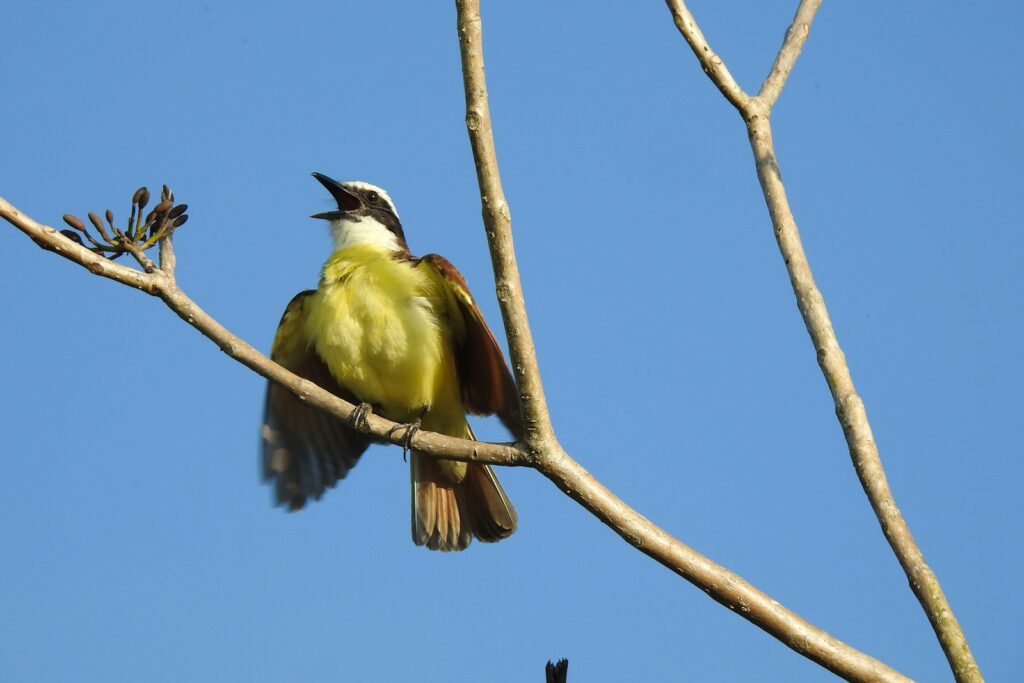
Cities present a unique acoustic environment that poses significant challenges for birds whose communication systems evolved in quieter natural settings. Urban noise typically creates a constant low-frequency backdrop that directly competes with the lower notes in many bird species’ songs. According to studies measuring urban soundscapes, city environments regularly produce ambient noise levels between 60-90 decibels – enough to mask critical components of bird vocalizations. This masking effect is particularly problematic during morning rush hour, which unfortunately coincides with the dawn chorus when birds are most actively singing. Without adaptation, this acoustic interference would severely compromise birds’ ability to attract mates, defend territories, and maintain social bonds essential for their survival and reproduction.
The Lombard Effect in Birds
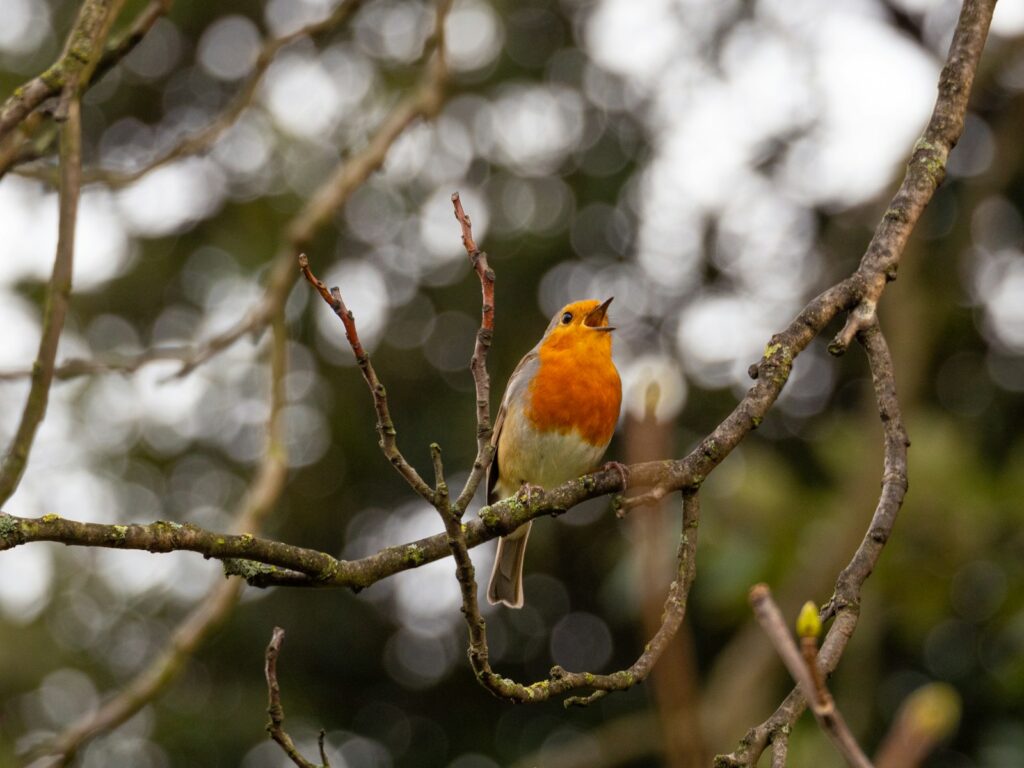
The primary mechanism behind louder birdsong in cities is known as the Lombard effect – the same phenomenon that causes humans to raise their voices in noisy environments like crowded restaurants. This automatic vocal response has been documented in numerous urban bird species, from great tits in Europe to house finches in North America. Remarkably, this adjustment happens both immediately as a short-term response to fluctuating noise levels and over longer periods as birds in consistently noisy areas develop permanently louder songs. Researchers at the Max Planck Institute for Ornithology found that some urban birds sing up to 10 decibels louder than their rural counterparts – a significant increase considering the logarithmic nature of the decibel scale. This vocal flexibility represents a sophisticated neural control system that allows birds to monitor their acoustic environment and adjust their output accordingly.
Frequency Shifts for Better Transmission

Beyond simply increasing volume, urban birds are shifting the frequency or pitch of their songs to minimize interference from low-frequency urban noise. European robins, blackbirds, and great tits have all been documented singing at higher minimum frequencies in noisier urban environments. A landmark study in the Netherlands found that great tits in city centers sing consistently higher-pitched songs than their forest-dwelling relatives, with the minimum frequency shifting upward by as much as 200-500 Hz. This frequency shift represents a remarkable form of cultural evolution, as song patterns in birds are often learned rather than purely innate. Young birds growing up in cities learn these modified songs from urban adults, creating a generational transmission of adapted vocal patterns that continues to diverge from rural populations over time.
Temporal Adaptations: When Birds Sing
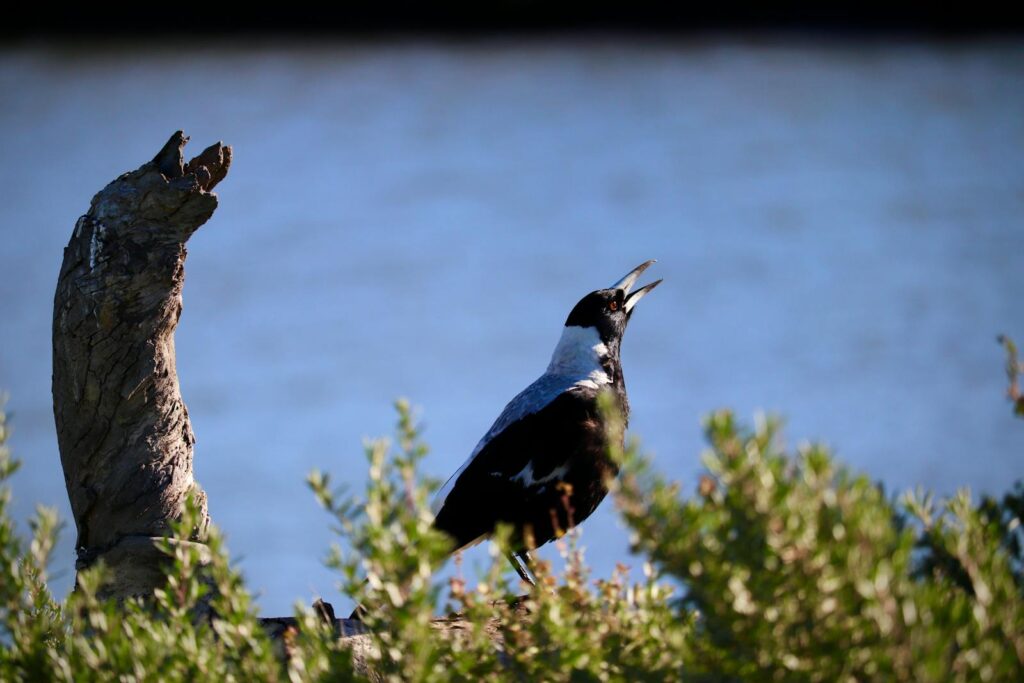
The timing of birdsong is also undergoing significant changes in urban environments as birds adjust their schedule to avoid peak noise periods. Numerous studies have documented urban robins and blackbirds singing at unusual hours, particularly during nighttime when city noise levels drop significantly. In some European cities, robins that traditionally sing during dawn and dusk have become partially nocturnal singers, utilizing the relative quiet of night hours to broadcast their songs more effectively. This temporal shift represents a substantial change in natural behavior patterns that have evolved over millions of years. The artificial lighting in cities facilitates this night singing by creating conditions where birds can remain active and visible during normally dark hours, essentially extending their perceived day length and changing fundamental aspects of their daily rhythms.
Song Complexity Changes
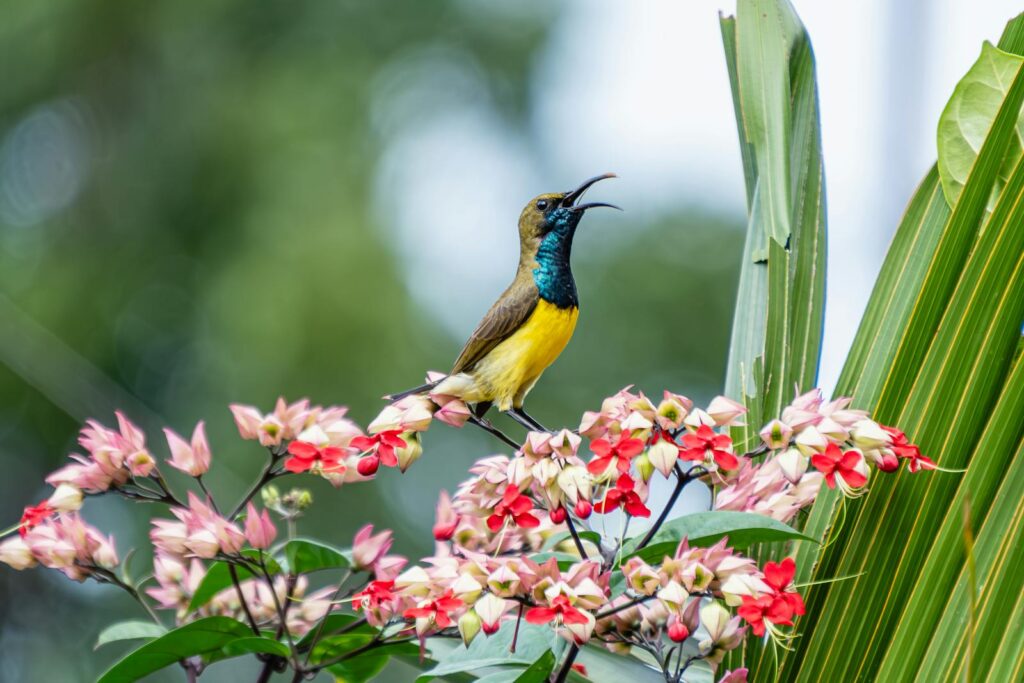
Beyond amplitude and frequency, the structural complexity of birdsong is changing in urban environments, though not always in consistent ways. Some species, like the great tit, have been observed simplifying their songs in noisy areas, reducing the number of notes and syllable types to create more repetitive songs that can cut through background noise more effectively. Conversely, species like the nightingale have been documented increasing song complexity in urban areas, potentially to ensure that at least some components of their elaborate songs remain audible despite fluctuating noise interference. These divergent strategies likely reflect different ecological niches and communication needs among species. Researchers suggest these changes may also relate to sexual selection dynamics, as females of different species may have varying preferences for song features even in noisy environments.
Species-Specific Adaptations
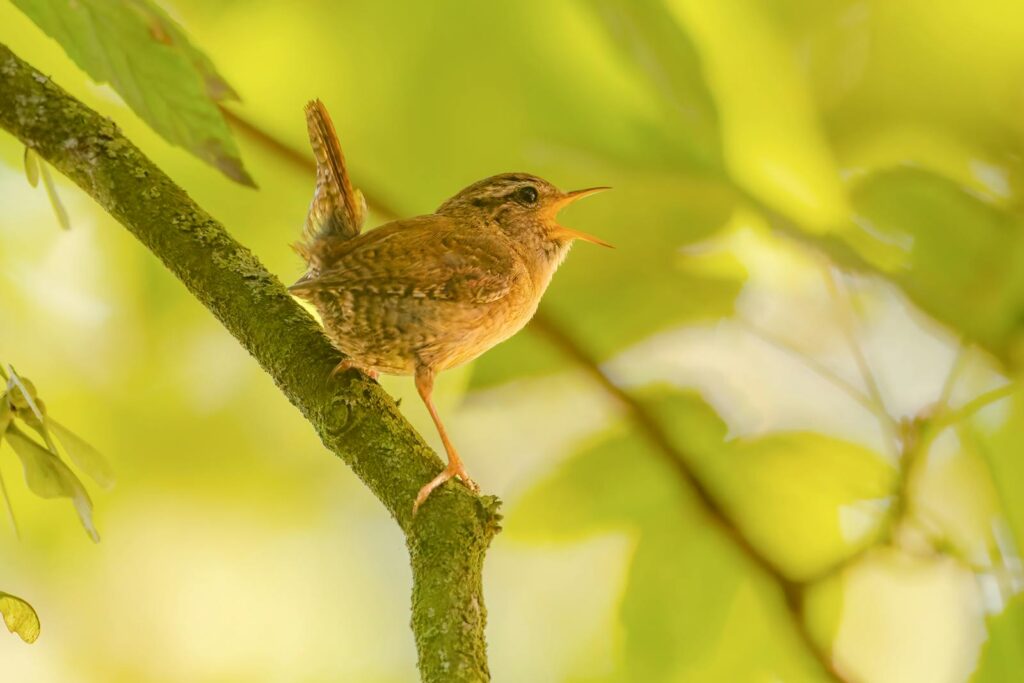
Not all bird species adapt equally well to urban acoustic environments, creating winners and losers in city ecosystems. Birds with naturally higher-pitched songs or greater vocal flexibility, such as great tits and European blackbirds, show remarkable success in urban areas partly due to their ability to modify their vocalizations. In contrast, species with low-frequency songs that cannot easily be adjusted, such as doves and some owl species, often struggle to maintain effective communication in noisy urban settings. A comprehensive study across 27 European cities found that species with more flexible vocal learning abilities were consistently more abundant in noisy urban cores than species with genetically fixed song patterns. This differential adaptation capacity is reshaping bird communities in cities, potentially reducing diversity as less adaptable species are effectively excluded from the noisiest urban habitats.
The Energetic Cost of Louder Songs
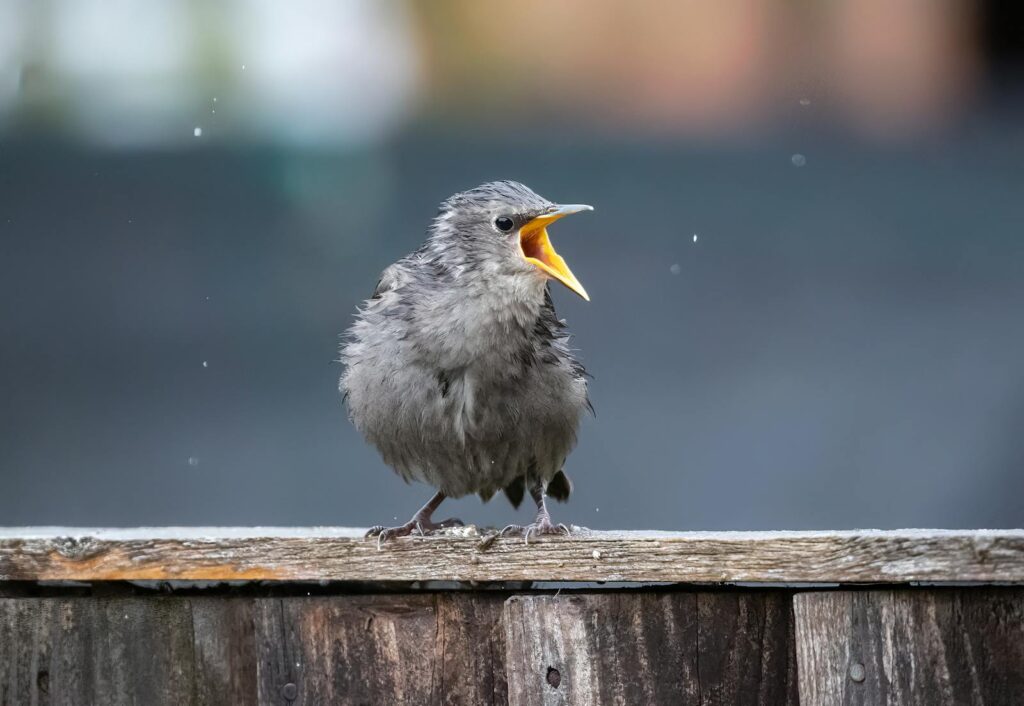
Singing louder and at higher frequencies comes with significant physiological costs for birds, creating potential trade-offs between communication and other vital functions. Producing louder songs requires greater respiratory effort and muscular exertion in the syrinx (the bird’s vocal organ), which increases energy expenditure and potentially reduces resources available for other activities. Studies measuring oxygen consumption in zebra finches showed that birds singing at maximum volume used up to three times more energy than when singing at normal levels. This increased energetic demand means urban birds may need to find more food to sustain their louder singing or compromise other energy-demanding activities like immune function or parental care. For migratory species, the additional energy burden could potentially impact their ability to store fat reserves needed for long journeys.
Reproductive Consequences

The modifications to birdsong in noisy environments may have direct impacts on mating success and reproduction, though the evidence shows complex patterns. Some studies suggest that modified urban songs may be less attractive to females, potentially compromising mating success for urban males whose songs deviate too far from the species’ typical pattern. For instance, research on great tits found that females showed less response to the simplified songs of urban males compared to the more complex songs of rural counterparts. Conversely, other studies indicate that successful vocal adaptation may partially mitigate the negative effects of noise on reproductive success. Birds that can effectively adjust their songs may maintain territory defense and mate attraction functions despite urban noise, while those unable to adapt show reduced pairing success and lower reproductive output in noisy areas.
Cultural Evolution of Bird Dialects

The changes in urban birdsong represent a fascinating case of cultural evolution occurring on an observable timescale. In many bird species, songs are learned rather than genetically predetermined, allowing for the rapid development of local “dialects” that can spread through populations. Urban song modifications that prove effective are transmitted to younger birds during their critical learning periods, creating persistent changes that can develop into distinct urban dialects within just a few generations. A longitudinal study of white-crowned sparrows in San Francisco documented the emergence and spread of higher-frequency song variants over just 30 years as the city grew noisier. These cultural evolutionary processes are allowing birds to adapt to urban conditions much faster than would be possible through genetic evolution alone, providing a remarkable example of behavioral plasticity in response to human-induced environmental change.
Technological Approaches to Studying Urban Birdsong
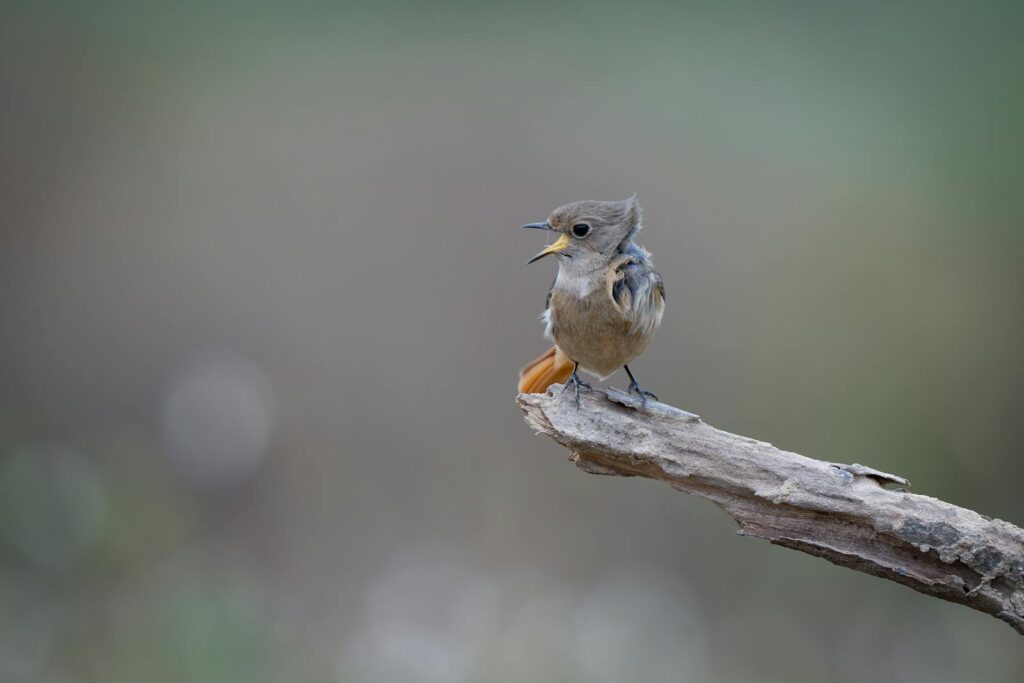
Advances in bioacoustic monitoring technology have revolutionized our understanding of urban birdsong adaptations in recent years. Automated recording units capable of collecting continuous sound data for weeks or months are now deployed across urban-rural gradients, capturing comprehensive datasets that would be impossible to collect manually. Sophisticated machine learning algorithms can then analyze these massive audio collections to identify species, measure song characteristics, and correlate changes with precise environmental noise measurements. For example, a recent project in Berlin used a network of 50 automated recording stations to document how song characteristics of ten common bird species changed in direct response to hourly fluctuations in traffic noise. These technological approaches allow researchers to detect subtle changes across large spatial and temporal scales, providing unprecedented insight into how urban soundscapes are reshaping avian communication systems.
Mitigation Through Urban Planning

Understanding how noise affects urban birds is informing new approaches to city planning that could reduce the acoustic pressure on wildlife. Creating acoustic refuges through the strategic placement of vegetation buffers, noise barriers, and car-free zones can provide birds with areas where normal song patterns remain effective. Several European cities have implemented “quiet areas” policies that limit noise in certain parks and green spaces during key breeding seasons. In addition to physical design, noise-specific regulations like nighttime construction bans, reduced speed limits, and limitations on particularly disruptive activities can help create temporal windows for more natural acoustic communication. Urban planners in cities like Barcelona and London are increasingly incorporating acoustic objectives into biodiversity planning, recognizing that soundscape management is a critical component of creating wildlife-friendly urban environments.
Future Research Directions
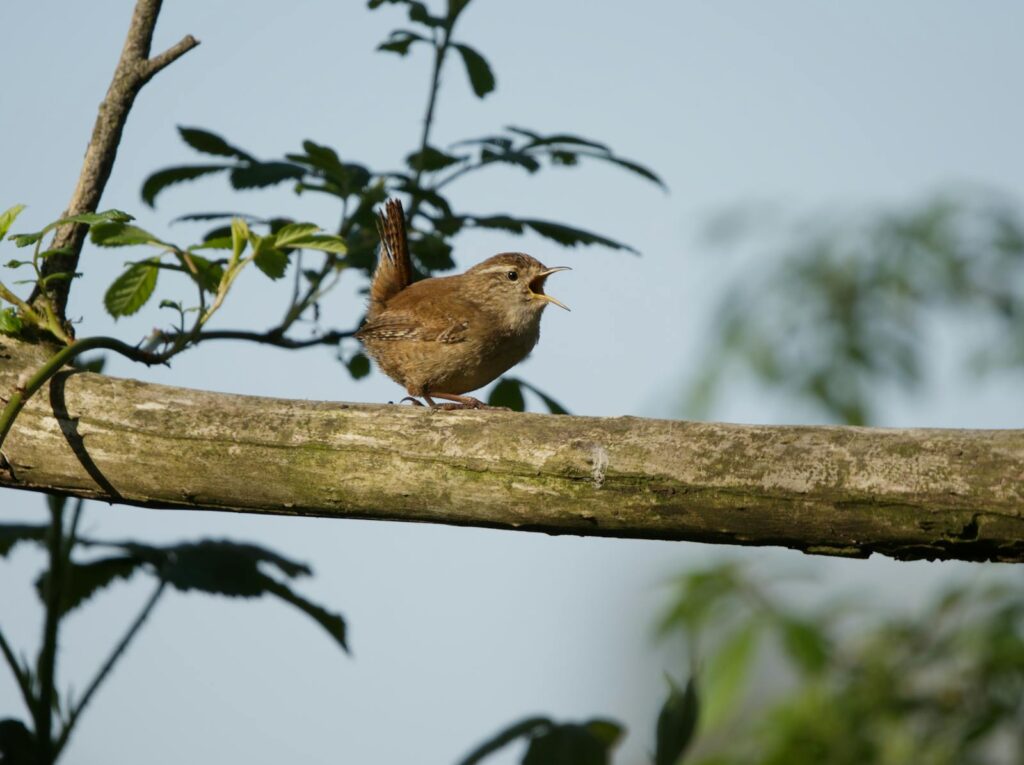
Despite significant advances in understanding urban birdsong adaptations, important questions remain unanswered, driving new research initiatives. Scientists are increasingly focusing on the genetic basis of vocal adaptability, investigating whether urban populations are experiencing selection for genes associated with vocal learning and flexibility. Long-term studies are tracking whether the temporary behavioral adaptations seen today might lead to permanent evolutionary changes through genetic assimilation. Researchers are also expanding beyond the well-studied European and North American species to examine how birds in rapidly urbanizing regions of Asia, Africa, and Latin America are responding to increasing noise pollution. These global comparisons will help determine whether the patterns observed in temperate cities are universal or influenced by regional factors like species assemblages, urban development patterns, and cultural attitudes toward urban nature.
Implications for Conservation
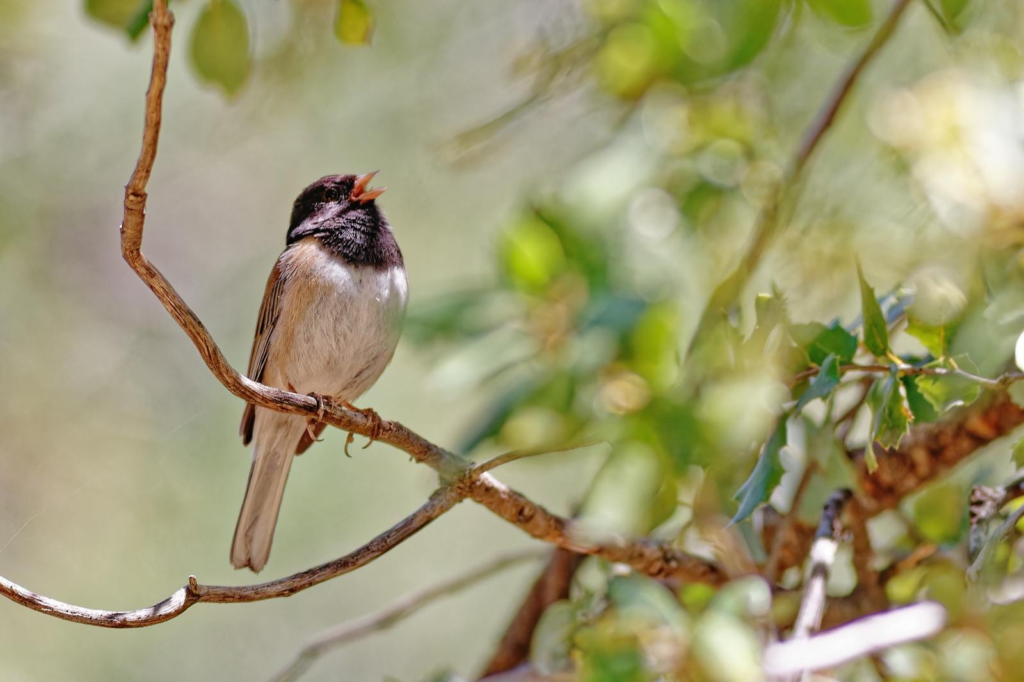
The study of urban birdsong has important implications for wildlife conservation in an increasingly urbanized world. By identifying which species can adapt to urban noise and which cannot, conservationists can better predict vulnerability and prioritize protection efforts accordingly. For species showing limited vocal adaptability, creating and protecting quieter habitat patches within the urban matrix may be essential for maintaining viable populations. Understanding the energetic costs and potential reproductive consequences of vocal adaptations can help assess whether these behavioral changes represent successful adaptations or merely stopgap measures that cannot fully compensate for noise impacts. As cities continue to expand globally, incorporating acoustic considerations into urban biodiversity planning will become increasingly important for maintaining diverse bird communities. The knowledge gained from urban birdsong studies provides a scientific foundation for developing evidence-based noise management policies that balance human activities with wildlife needs.
Conclusion
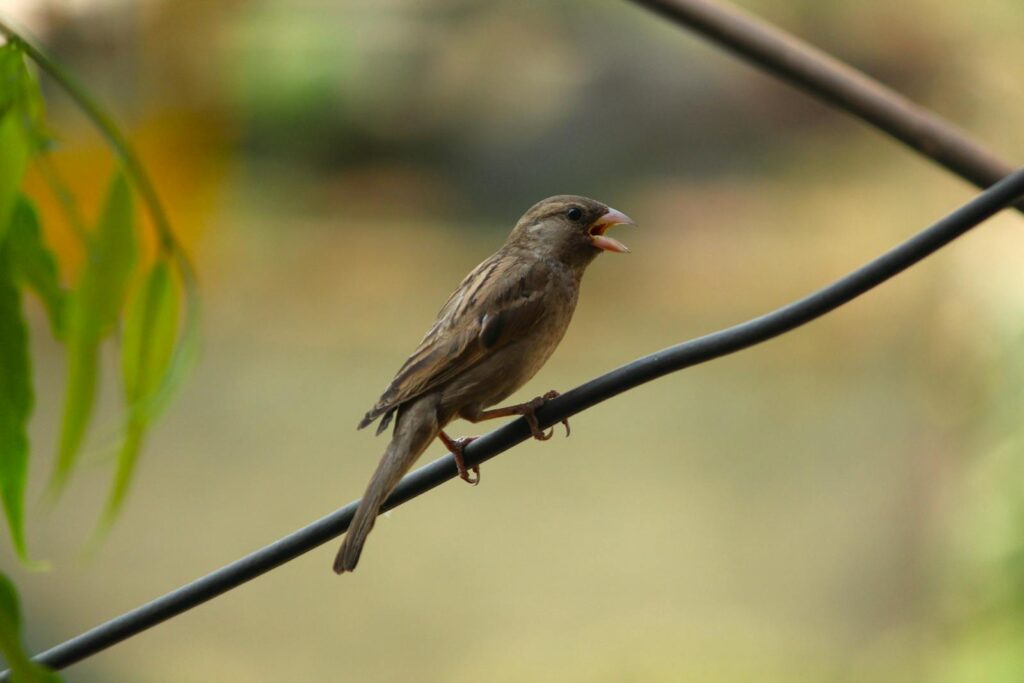
The amplification and modification of birdsong in urban environments represents a remarkable example of behavioral plasticity in response to human-altered landscapes. As cities continue to expand and grow noisier, birds are demonstrating extraordinary resilience through their ability to sing louder, higher, and at different times to maintain effective communication. While these adaptations showcase nature’s capacity for adjustment, they also come with potential costs and limitations that may ultimately affect species’ success in urban areas. By understanding these acoustic adaptations, we gain valuable insights not only into avian behavior but also into how we might better design our cities to accommodate the communication needs of our feathered neighbors. The changing songs of urban birds serve as both a warning about our impact on nature and a testament to wildlife’s remarkable capacity to persist alongside human development.
